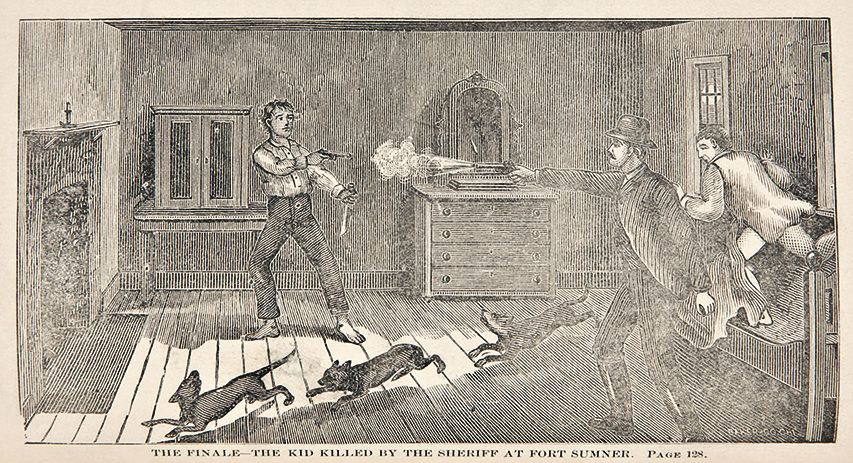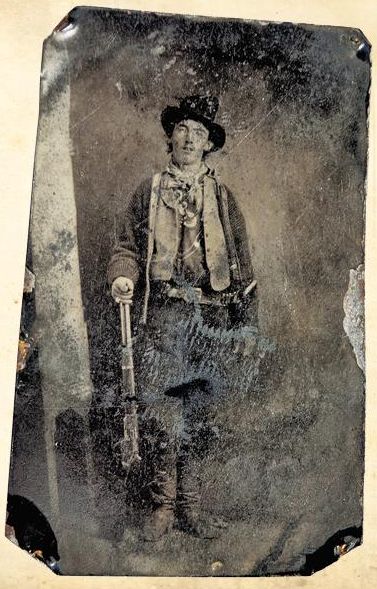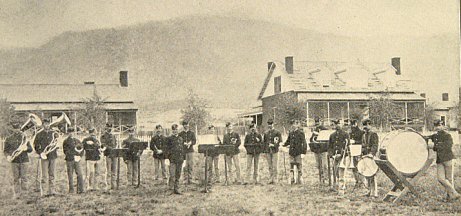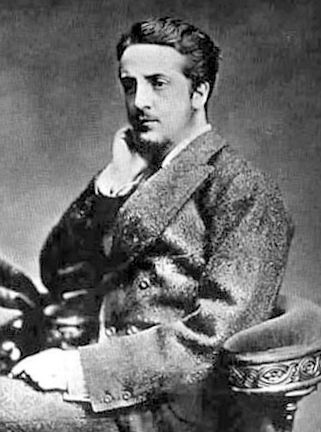Authors:
Historic Era: Era 6: The Development of the Industrial United States (1870-1900)
Historic Theme:
Subject:
Spring 2018 | Volume 63, Issue 1


Authors:
Historic Era: Era 6: The Development of the Industrial United States (1870-1900)
Historic Theme:
Subject:
Spring 2018 | Volume 63, Issue 1

It took just two minutes and thirty seconds. In June 2011, close to 500 people attended a public auction in Denver, Colorado, to witness an iconic tintype go on the block. The auction house had published a presale estimate of $300,000–$400,000, a jaw-dropping price for any historic photograph.
When the bidding for Lot 279 finally began, the rapid-fire chatter of the auctioneer electrified a room already tense with anticipation. Spectators cranked their heads and twisted in their seats to see who was bidding in $100,000 increments. And when the hammer fell—for a record $2.3 million dollars—a roar erupted from the crowd, followed by near pandemonium. Reporters, photographers, onlookers with camera phones mobbed the winning bidder: billionaire William I. Koch.
What Koch had purchased was smaller than a credit card, but the slightly hazy image staring out of the thin metal sheet was of a living, breathing Billy the Kid, taken 130 years ago at Fort Sumner in the New Mexico Territory. At that time the Kid already had several killings to his name, including a sheriff and a deputy. He himself would be gunned down not much more than a year later, but his most infamous exploits, and arguably his most heinous killings, still lay ahead.
His real name was Henry McCarty. In fact, he didn’t acquire his distinctive moniker until the last six months of his short life. He said more than once that he was born in New York City. No one knows for sure if that is true, nor the exact year of his birth, but 1859 seems the most likely. We do know that he was living with his widowed mother, Catherine, and brother, Joseph, in Indianapolis in the late 1860s. From there, the family hopscotched to Wichita, Denver, and Santa Fe, where in 1873 Catherine married her lover, William Antrim, an Indiana Civil War veteran. Among the names of witnesses scrawled on their Santa Fe marriage record is that of Henry McCarty.

Within the year the family relocated again, this time to Silver City, a mining boomtown near the continental divide in southwest New Mexico. Young Henry attended school for a short time, but the town’s busy streets, saloons, and dance halls were more to his liking, and after Catherine succumbed to tuberculosis in 1874, he proceeded to make a nuisance of himself. William Antrim, far more interested in striking it rich than in looking after his stepsons, essentially abandoned them. When Henry got caught with stolen goods from the robbery of a Chinese laundry, the sheriff threw him in jail.

Most accounts say that the sheriff simply wanted to teach 15-year-old Henry a lesson. Henry did learn a lesson—that he could fit his small frame through a sooty chimney flue. With the first of several incredible escapes, he hightailed it for southern Arizona, where he became known as Kid Antrim or simply “the Kid.” There he got into more trouble stealing horses from the U.S. Army, but his biggest problem was a bully named “Windy” Cahill. Cahill, a blacksmith at Camp Grant, took sick delight in roughing up the Kid. That is, until the Kid decided he’d had enough and shot Cahill through the belly with a newly acquired six-gun. The Kid didn’t stick around to see Cahill die but grabbed a pony and fled to New Mexico’s Lincoln County.

The largest county in the United States at that time, Lincoln’s nearly 30,000 square miles was primarily cattle country, but there was big money in obtaining government contracts to supply beef, corn, flour, and other provisions to the military post of Fort Stanton. For years a firm called “the House” controlled those contracts, along with just about every other way to turn a dollar in the region.
That changed when a couple of upstarts challenged the House’s monopoly. They were Englishman John Henry Tunstall and Scotsman Alexander McSween, with backing from storied cattleman John S. Chisum. The fact that Tunstall was an upper-class English Protestant, while the House partners were Irish Catholic, only added fuel to the simmering fire.
In December 1877, Billy, now going by the alias William H. Bonney, found himself once again in jail, this time for the theft of a pair of Tunstall’s horses. But